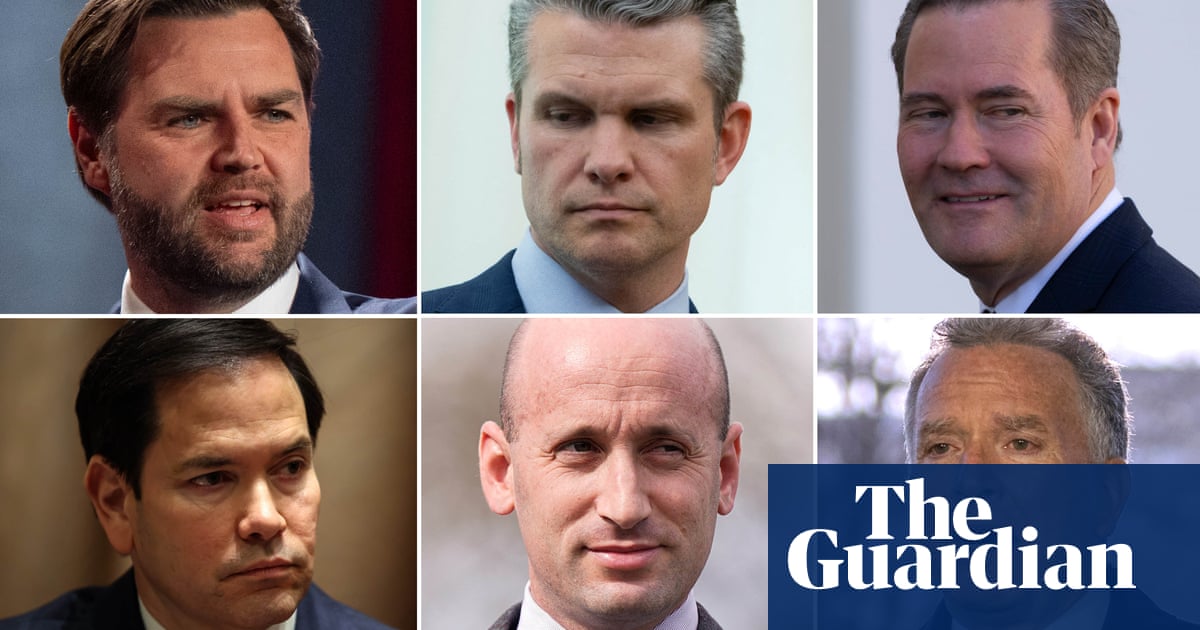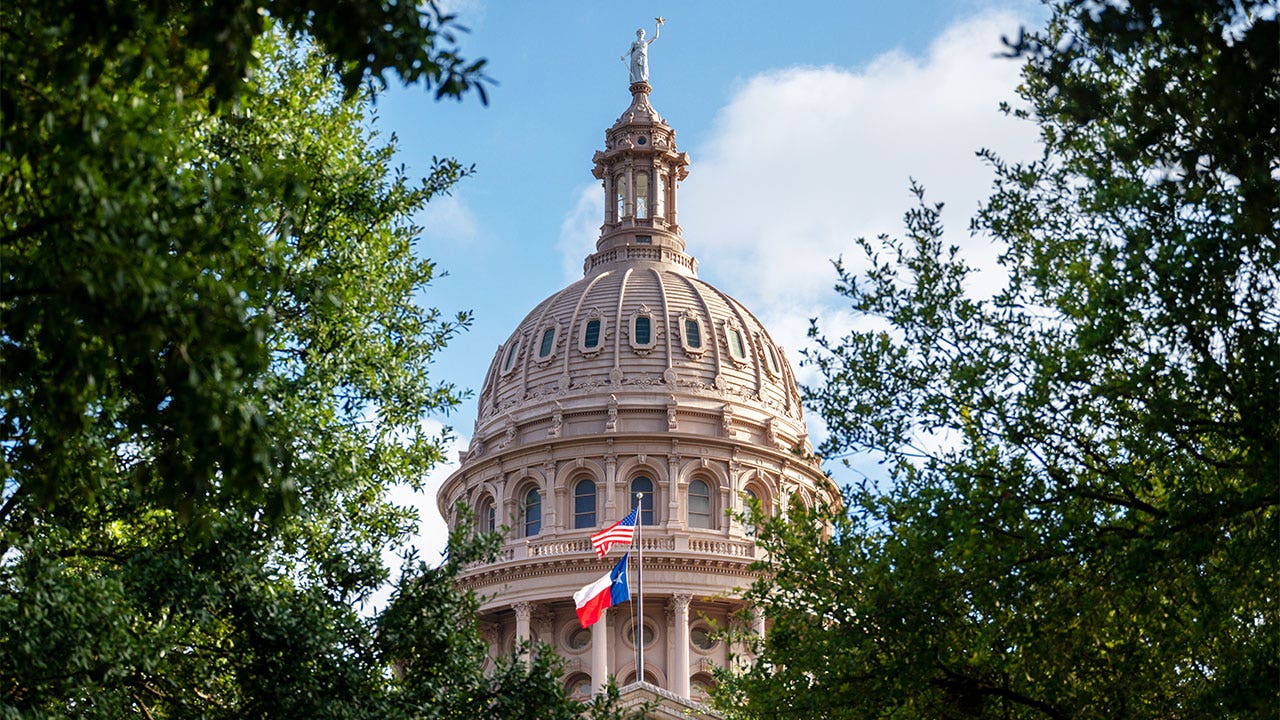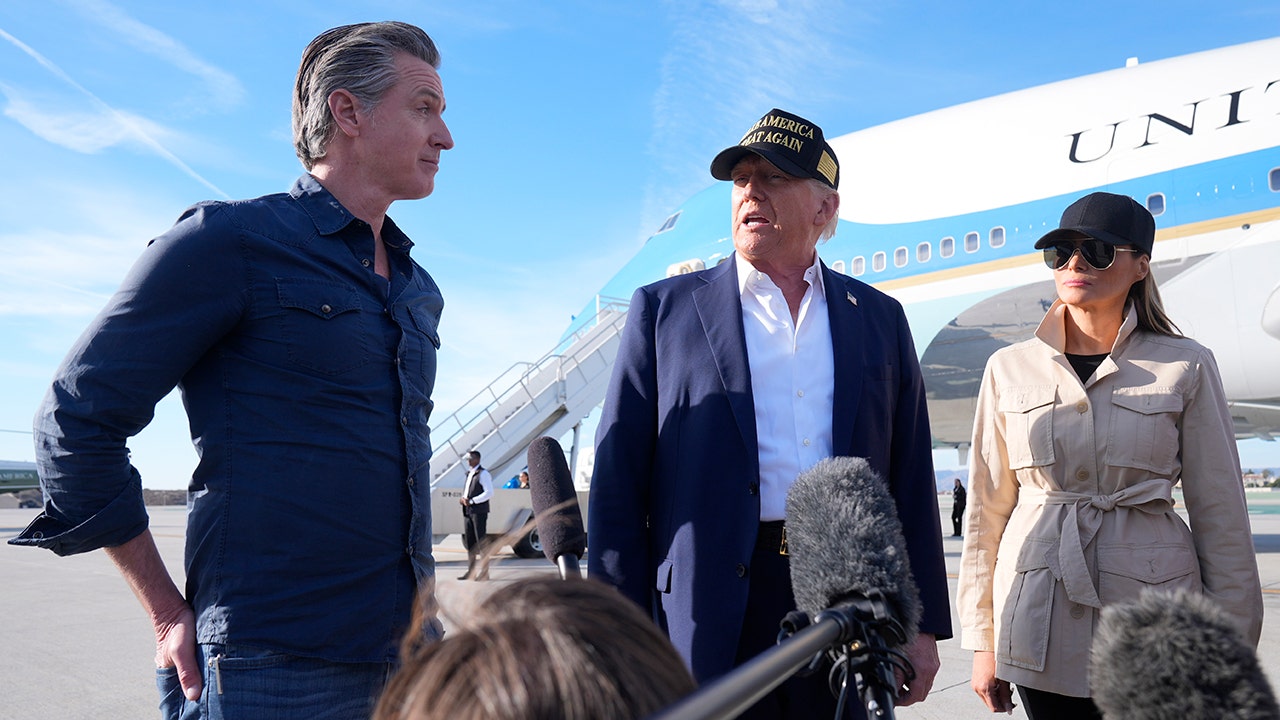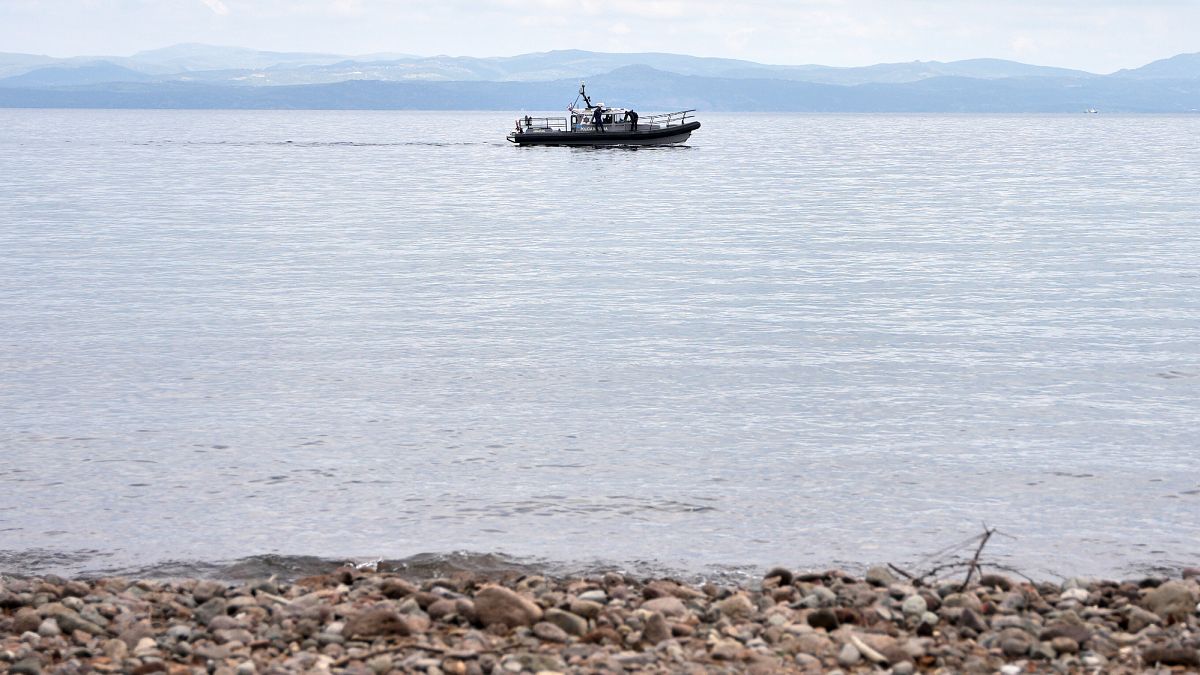Education
In Schools, an Invisible Threat Becomes Clear

Since joining The New York Times as a global health and science reporter in May 2020, Apoorva Mandavilli has had one subject top of mind: the coronavirus pandemic.
Ms. Mandavilli’s reporting on Covid-19 reads like a pandemic timeline. She covered the development of the first coronavirus antibody test in the United States; news of the first known Covid variant, discovered in South Africa; and the decision in May by the Centers for Disease Control and Prevention to scale back case-tracking efforts as the public health emergency came to an end.
In the spring of 2022, Ms. Mandavilli said in a recent interview, “it seemed like everyone moved on and wanted to talk about vaccines and drugs.” But she had a nagging feeling that there was still a story to tell about poor air quality and virus transmission in schools, where students can be vulnerable to the spread of disease.
So she began contacting high schools across the country to learn about their efforts to improve ventilation and air quality. And last fall, she traveled to Colorado and Pennsylvania to witness some of those efforts. Her reporting formed the basis for an article that appeared in The Times last month.
Here, Ms. Mandavilli shares more about her experience visiting schools and how access to funding plays a role in their efforts to help prevent another pandemic. This interview has been edited.
How did you select the schools you visited?
I wanted to look more closely at schools in the middle of the country, rather than those in California and New York, which are written about a lot. What was interesting to me about Colorado, in particular, was the contrast between schools in Denver and Boulder. Denver is a very gritty city; there are schools in neighborhoods that struggle with air quality because of nearby highways and factories. Then you have Boulder High School, which has air purifiers and sensors in nearly every classroom. The differences between Denver and Boulder show what is possible when a school has money and resources.
Was it difficult getting permission to visit?
Definitely. There were schools I reached out to that did not want anything to do with me. I approached a school in Iowa after I came across some of its newsletters; during the pandemic, the school’s administrators were sending out news about school sports, academics and graduation, but they would not discuss Covid-19 or air quality. They were even talking about building new facilities, but it seemed to me that no money was being used to improve air quality. It was missing from the conversation.
I thought that experience was probably representative of a lot of schools in the middle of the country. But a school that isn’t doing something to improve air quality does not want attention. I got lucky with the Colorado schools, in part because I was working with Mark Hernandez, an air quality expert who had been working with the Colorado Department of Public Health and Environment. He was able to get me into some schools.
One of the schools that stood out to me was East High in Denver. Can you share more about your time there?
I spent half a day at East High; it’s a gorgeous school, and the administrators are very proud of it. But the building has been there for quite a long time and some of the windows don’t open. The school also struggles with gun violence; in the spring, a student shot two school administrators. That happened just a few weeks after a student was shot outside the school; he later died. One of the administrators said that opening windows was a good, low-cost way to improve the school’s air quality, but from a safety perspective, they don’t want to do it.
I also talked to students there who had a really tough time during the pandemic because they felt socially disconnected from their peers. During my reporting, I spoke with two students while they were practicing violin in a music room. I asked them if they were worried about the air quality in the room — the fans were off and the windows were closed. But they were just happy to be there in person with their friends.
It was a really interesting contrast when compared with my interview with their music teacher, Keith Oxman. He is in his mid-60s and the oldest teacher on staff. I understood at that moment why this conversation about air quality is so complicated: you have people with different risks, risk tolerances and priorities who are trying to navigate the same set of problems. You’re not going to come to one simple solution that works for everybody.
One of your most surprising findings was that many schools don’t know that government funds are available to improve air quality. Why do you think that is?
It was really shocking. East High is not your average school in that it has a partnership with Dr. Hernandez. When I asked the principal about it, she made this very interesting point. She said there were scholarships for disadvantaged kids, but people didn’t know that money was available, either. It seemed clear to me that it’s not enough to have money. You need schools to know about funding and provide a very easy way for them to apply for it.
You covered the pandemic for three years. What is your day-to-day like now?
It’s a lot more pleasant. I have more time to analyze data and put the things that I read and learn into context. Also, I’ve been writing more about other infectious diseases, like H.I.V. and sexually transmitted infections. Those are not new problems, but during the pandemic I just didn’t have any time to think or write about them.

Education
Trump Administration Set to Pause $510 Million for Brown University

The Trump administration intends to block $510 million in federal contracts and grants for Brown University, expanding its campaign to hold universities accountable for what it says is relentless antisemitism on campus, according to two White House officials familiar with the plans.
Brown became the fifth university known to face a potentially dire loss of federal funding, leaving other universities that the administration has targeted wondering when their turn might come.
If the administration pauses $510 million, even over a period of years, the consequences for Brown could be significant. In its 2024 fiscal year, Brown received about $184 million through federal grants and contracts.
In an email to campus leaders on Thursday, Brown’s provost, Frank Doyle, said the university was aware of “troubling rumors emerging about federal action on Brown research grants.” But he said that the university had “no information to substantiate any of these rumors.”
The Daily Caller was the first to report the pause.
The newly appointed secretary of education, Linda McMahon, has been explicit about the administration’s focus on elite universities, which Mr. Trump has criticized as bastions of left-wing thought. She has said that taxpayer support is a “privilege” that can be withdrawn if universities do not adhere to civil rights law.
Like many of its Ivy League peers, Brown was the site of clashes over the war in Gaza. But it was also one of a small number of universities that made deals with students to end their protest encampments in the spring, agreements that came under criticism for being too soft on students.
Brown became one of only a handful of universities to agree to a board vote on divesting from Israel. The Brown Corporation, the school’s governing board, ultimately voted against divestment, saying it held no direct investments in companies protesters had named as having ties to Israel.
After the Trump administration threatened to pull hundreds of millions of dollars in research grants and contracts from Columbia University and the University of Pennsylvania last month, Brown was one of the few universities that released a statement in response, saying that it would not compromise on academic freedom.
In the statement, Christina H. Paxson, the president of Brown, said that some of Mr. Trump’s demands “raise new and previously unthinkable questions about the future of academic freedom and self-governance.” She said that if Brown’s essential academic and operational functions were threatened, the university “would be compelled to vigorously exercise our legal rights to defend these freedoms.”
Recently, Brown has also been considering whether to adopt a new policy that would limit statements issued by the university on political and social issues that are “unrelated to its mission.” It would join a number of other schools that have moved to adopt “neutrality” policies as they face pressure over their response to pro-Palestinian demonstrations.
Before the Trump administration targeted Princeton University for cuts on Tuesday, its president, Christopher L. Eisgruber, had also been vocal about the federal attack on colleges. He called the targeting of Columbia “the greatest threat to American universities since the Red Scare of the 1950s.”
The government’s campaign against specific universities began in February, when a new federal task force against antisemitism issued a list of 10 universities that it planned to investigate. The administration cited claims that the schools may have failed to protect Jewish students and faculty members from discrimination during pro-Palestinian protests on campuses in 2023 and 2024.
The Education Department’s Office for Civil Rights then expanded the list to 60 colleges, including both private and public universities.
Columbia became the first university affected when the government canceled $400 million in federal funding on March 7. Officials at the school, which had some of the most disruptive protests, were left scrambling to find a way to restore it. In the following weeks, the Trump administration announced actions against three more universities. That included a pause of $175 million in funding to the University of Pennsylvania; a review of roughly $9 billion in federal grants and contracts to Harvard and its affiliates, including its teaching hospitals; and the suspension of dozens of grants to Princeton.
Universities have said the loss of funding would compromise the United States’ leadership in scientific, medical and technological research.
Education
Workers at Wilson Center Put on Leave as Trump Seeks Shutdown

Almost all the employees of the Wilson Center, a prominent nonpartisan foreign policy think tank in Washington, were placed on leave on Thursday and blocked from their work email accounts as Elon Musk’s task force quickly shut down most of the center.
About 130 employees received orders telling them not to return to the office after the end of the day, according to an email reviewed by The New York Times and people with direct knowledge of the actions.
The Wilson Center employees are to be paid while on leave but will be fired soon, in line with what has happened at other institutions that Mr. Musk’s workers have dismantled in recent weeks.
Only five employees will remain — a president, two federal employees and two researchers on fellowships. Those positions are mandated in the center’s congressional charter. The cuts align with an executive order President Trump signed in March.
Private donations to the center will be returned to the donors, according to a person familiar with the center who spoke on the condition of anonymity to avoid retribution. It was not clear what would be done with the center’s endowment.
On Thursday afternoon, dozens of employees carried boxes and bags filled with papers, plants and posters out of the center’s offices in the Ronald Reagan Building, which houses several government agency offices.
Tears glistened on the face of one woman as she departed. Workers wheeled out carts full of documents.
It was not clear on Thursday how the offices will be used, but the center’s charter requires the space to be part of the Woodrow Wilson Memorial.
On Monday, four members of the Musk team entered the center’s offices and began taking over its systems. The next day, the center’s president, Mark Green, resigned.
The Trump White House fired the center’s board members in recent weeks, one person briefed on the events said. Mr. Green, a former Republican congressman and ambassador, was told this week he would be fired if he did not resign, another person said. The White House declined to comment.
Mr. Musk’s government-overhauling workers have gutted several other institutions in Washington, including the United States Agency for International Development.
They have shut down centers that receive federal funding but that have done independent research for decades with the goal of giving nonideological expert assessments to policymakers, lawmakers and people outside government.
The Wilson Center, created in 1968 as a working memorial to honor the 28th president, Woodrow Wilson, receives about 30 percent of its funding from Congress; the rest comes from private donations.
The center has been run by former Democratic and Republican officials appointed by the board. Before Mr. Green, who led U.S.A.I.D. in the first Trump administration, became president and chief executive of the center in 2021, Jane Harman, a former Democratic congresswoman from California, ran the think tank.
The center has been a gathering place for scholars in all areas of foreign policy over the decades. It houses the personal library of George F. Kennan, the diplomat and policymaker who studied the Soviet Union. On Thursday, the director of the Wilson Center’s Kennan Institute, Michael Kimmage, posted photos of the library online and compared it to the library of ancient Alexandria, which “fell victim to political vicissitudes and war,” he wrote.
One question is what will happen to those materials and extensive digital archives that the Wilson Center has compiled. Researchers from around the world have used the archives for projects, and scholars especially value the center’s records of documents from the Cold War era.
A person familiar with the center said that it also housed historical records from Wilson’s campaign and presidency.
The center’s more than 50 fellows were expected to be paid until the end of their program, but those who are foreign citizens expect to have their visas canceled. Two of the fellows are at the center through a program for scholars whose work endangers them in their home countries, according to a person familiar with the center.
Each class of fellows is usually made up of academic researchers and one or more journalists working on book projects. Reporters from The New York Times have received fellowships.
A Trump administration official said that Natasha Jacome, a senior adviser to Mr. Green, was the center’s new president.
Education
Opinion | The Uncertain Fate of the Young American Scientist

This American brain trust has resulted in over 400 Nobel laureates, more than any other country in the world. As of 2023, an estimated 1.2 million people around the world held a Ph.D in science, engineering or health earned at an American institution. The United States accounts for 27 percent of the world’s total research and development activity — the most of any nation — though China, at 22 percent, is closing in. This is still far ahead of the next largest players: Japan (7 percent), Germany (6 percent) and South Korea (4 percent).
This investment has been essential to our economy. More than 408,000 jobs are supported by N.I.H. grants. It’s estimated that every dollar of N.I.H. funding produces $2.56 in economic activity.
So much of that success is because the U.S. government was willing to support the kind of basic science work that takes years, even generations, before resulting in monumental breakthroughs. Hundreds of millions of federal dollars established the groundwork for key breakthroughs in mRNA technology before the Covid-19 pandemic, which helpedset up Operation Warp Speed for success. Ozempic and other GLP-1 drugs were inspired in part by N.I.H.-supported research into Gila monster venom in the 1980s; without that work, we might not have the current weight-loss revolution decades later. Fifty years ago, less than 60 percent of children diagnosed with pediatric cancer survived after five years. Now, thanks to treatments funded and spearheaded by the N.I.H., that survival rate is 85 percent.
America had also been an attractive destination for science because of its express support for free inquiry — the ability of researchers to study what mattered most to them, even if there wasn’t a straight path to success and profit. That commitment appears to be crumbling. “I mourn a world in which science must defend itself through its end products, rather than its underlying search for truth and beauty,” said Daniel Bauman, a 25-year-old Stanford University graduate student studying evolution. “When efficiency is mandated, current and future careers are lost or abandoned. If science funding is made contingent on immediately beneficial results, who will be left to tell the story of nature? Will anyone even be listening?”
Young scientists’ careers are inextricably tied to the grant application cycle. Carole LaBonne, a molecular biologist at Northwestern University, recently told the podcast Odd Lots to think of labs as small businesses that run on very tight operating margins. A grant that provides funding for, say, four years would need to be renewed in year three. And if you can’t do that, people must be let go quickly — which almost always means junior members of the lab. Peter Jacobs, a senior scientist at Lawrence Berkeley National Laboratory, is unsure whether D.O.E. and N.S.F. grants that help fund his program will be renewed — he’s not certain he can keep on his three postdocs, all of whom are already looking at other positions, including in Europe or Asia.
-

 News1 week ago
News1 week agoTrump Is Trying to Gain More Power Over Elections. Is His Effort Legal?
-

 World1 week ago
World1 week agoNo, Norway and Sweden haven't banned digital transactions
-

 News1 week ago
News1 week agoCompanies Pull Back From Pride Events as Trump Targets D.E.I.
-

 News1 week ago
News1 week agoWednesday briefing: Just how bad was the White House accidentally leaking military plans over Signal?
-

 Technology1 week ago
Technology1 week agoPorsche’s next Taycan gets an infotainment upgrade — but no new CarPlay
-

 Politics1 week ago
Politics1 week agoTexas DOGE bill passes Senate to streamline state regulations
-

 World1 week ago
World1 week agoUS Army says vehicle of four missing soldiers found in Lithuania
-

 News1 week ago
News1 week agoFederal judge who drew Trump's anger picks up new case against administration












